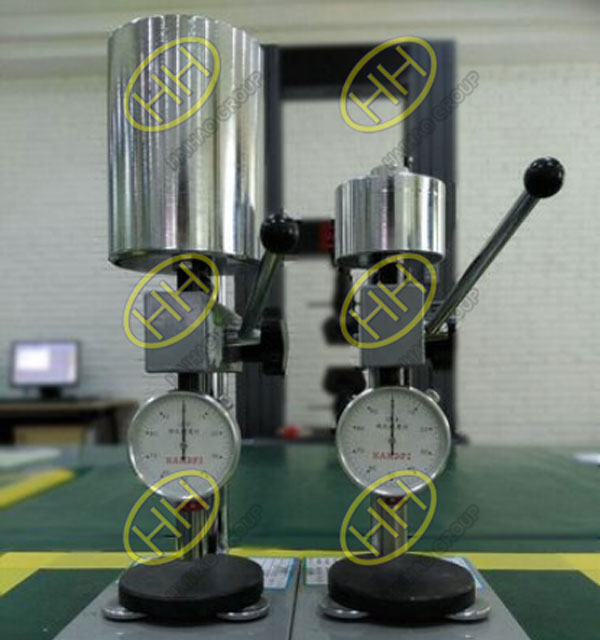Introducing hardness testing for pipeline materials
Hardness refers to a material’s resistance to local deformation, especially plastic deformation, indentation, or scratching. Hardness testing is the most widely used mechanical performance test, categorized into indentation and scratch methods. Within indentation methods, there are static and dynamic testing methods based on the rate of force application. Commonly used methods include Brinell, Rockwell, and Vickers hardness, falling under static testing, while Shore, Leeb, and rebound Brinell hardness are dynamic methods. Hardness testing is simple and can sometimes serve as a non-destructive inspection method, providing valuable reference data even for small samples.Below are the differences between several hardness tests.

Hardness Testing for Pipeline Materials
Brinell Hardness (HBW) measures a material’s resistance to permanent indentation caused by a hard alloy ball under a specified test force.
Rockwell Hardness (HR) measures a material’s resistance to permanent indentation caused by a hard alloy or a diamond cone under a specified test force.
Vickers Hardness (HV) measures a material’s resistance to permanent indentation caused by a diamond pyramid under a specified test force.
Shore Hardness (HS), measures hardness using the rebound height of an indenter dropped onto the material surface.
Leeb Hardness (HL) calculates hardness based on the rebound speed of a mass striking the sample surface.
Hardness testing requires standard blocks, which are used for indirect verification of hardness tester calibration and bear certified indentation values.At Haihao Group, as experts in the field of pipeline systems, we prioritize the quality of our products. Therefore, our pipeline system products undergo various forms of quality inspection, including hardness testing.

